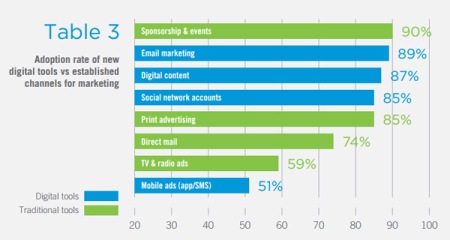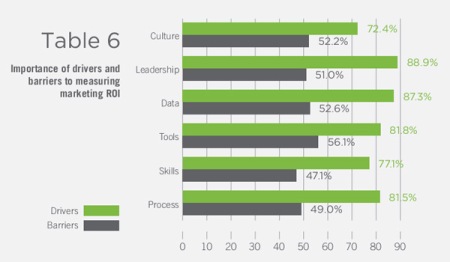 I landed in Paris just as the NSA story was breaking, and Europeans were waking up to the extent of their American surveillance. Made for a lot of interest in my speech on big data and innovation to CEOs of the travel industry the following day.
I landed in Paris just as the NSA story was breaking, and Europeans were waking up to the extent of their American surveillance. Made for a lot of interest in my speech on big data and innovation to CEOs of the travel industry the following day.
If any industry will be shaped dramatically by the revolution in data and business practice, it should be travel. Travel transactions have already shifted almost entirely online, numerous touchpoints and complex customer experiences allow for wide-ranging innovation, and airlines were an early pioneer in applying dynamic pricing algorithms to optimize “yield” from each flight’s allotment of seats.
And yet, over the course of two days of meetings and conference events, I discovered the travel industry is grappling with the same issues as every other industry in trying to make “big data” work to the benefit of their customers, their business models, and their bottom lines.
Five lessons for CEOs, CMOs, and CIOs struggling with big data initiatives:
1. Customer level data is paramount.
Data is no longer about knowing that “69% of customers prefer X.” As data has shifted from the survey paradigm to real-time analysis and unstructured data, the value is in knowing that “customers who buy X, and do Y, are 140% more likely to want Z.” This value requires linking together different behaviors and data signals at the level of the individual customer, to unlock insight and deliver much more customized value. As of recently, the airline industry has not even retained historical purchase records, literally “throwing out” the unique ID of each customer transaction after the trip, to recycle the record locator number for another customer.
2. Customers need to see value, to allay privacy fears.
With an ever-increasing spotlight on issues of data privacy, from both governments and corporations, gathering and using customer data surreptitiously is no longer an option. And to earn the trust of customers to use their data transparently, companies need to demonstrate the value they are delivering to them. When customers see actual benefits, from personalization, offers, and unique services, they are much more willing to accept the anonymized use of their data by your business.
3. Loyalty programs will be the leading edge of opt-in data.
The most transparent and familiar paradigm for customers to recognize a value exchange around data is loyalty programs. Huge numbers of customers already participate in at least one such program, and understand that they are opting in to allow the company to deliver rewards based on behaviors it is tracking and responding to. For companies with limited customer-level datasets (e.g. those who traditionally sell only through intermediary channels), loyalty programs are the first step down the path of developing their own strategic data asset.
4. Data is political, not just technical. Most conversations about big data take for granted that the biggest hurdles to assembling and linking diverse and enormous sets of unstructured data are technical challenges. But in the real world of businesses, the toughest challenges are political. Sharing and linking of data, in order to assemble a complete picture of customer behavior, is very frequently obstructed by reluctance to share between divisions of a single company, or between partner companies. Whosoever “owns” the data wields a great deal of power. The travel industry is struggling to shift to NDC, a new data standard for airline reservations. Why? Because while airlines claim it will allow for much better servicing of customers, online travel agencies (OTAs) fear being cut out of the value chain – disintermediated by their partners.
5. Data “ownership” is the wrong model. As turf wars heat up over customer data, some businesses are trying to lay down rules to establish their “ownership” of their customers’ data, before they share it with any business partners. But ownership is fundamentally the wrong legal paradigm. While one business may try to set terms of use before sharing data with another, it does not “own” the data of its customers’ public online behavior. (This is equivalent to a radio station claiming ownership of a songwriter’s lyrics once a song is transmitted over its airwaves.) In a post-Snowden world, companies who try to argue too loudly for legal ownership of their customers’ digital footprints, will not be looked on kindly in the eyes of customers or policymakers.
The conference I spoke at was hosted by Amadeus, a leading global technology provider for the travel industry. If you are interested in the state of play of data in the travel industry, Amadeus has sponsored an excellent independent report on the topic. (Disclosure: Amadeus is a client. However, I was not involved in this study.)
BY DAVID ROGERS
This piece was originally posted by David on the DavidRogers.biz blog at: http://www.davidrogers.biz






